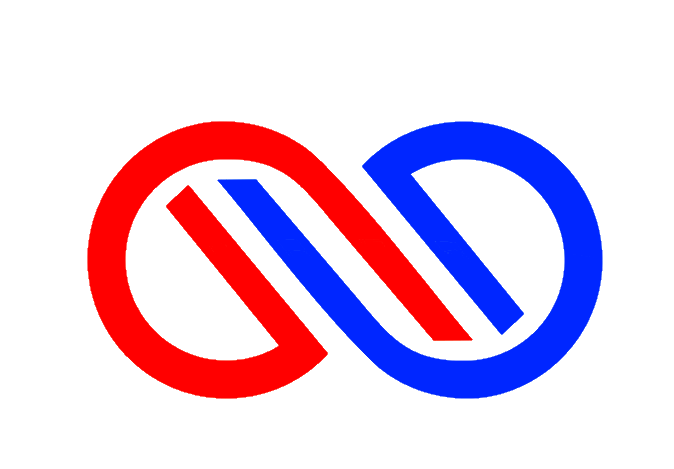
SWICH
With the very latest developments in macro encapsulated phase change materials, SWICH provides many advantages to the user.
Absolutely non-flammable, this revolutionary use of PCM is easy to install, it is long lasting (over 50 years) and Do-It-Yourself friendly. Reductions of 30 to 70% of the Heating and Air Conditioning energy requirements are easily observed. However, on a new Near Zero-emission Building, a complete suppression of HAC equipment may be possible for most European climates.
In European protected buildings, a substantial reduction of the inside insulation may be obtained by using SWICH with a thinner insulation layer. This gives a great advantage over conventional insulation methods since the cost of the useful area is increased which may be an important amount.
The processes of heat rejection and energy absorption/release are strictly physical and that means that no external sources of energy are needed to make the product work. Furthermore, because they are naturally occurring dynamic processes, they are always working: 365 days/year, 24 hours/day. This is comfort leveling by install and forget.
With natural, non-toxic materials used in its composition only, SWICH greatly contributes to lower the carbon footprint of the buildings, both on materials and energy usage.

About SWICH
Better Than “R” Value
The
Second Law of Thermodynamics states, “Heat energy only flows from a warmer to a
cooler space”. The heat flow depends on two things, the temperature difference
and the conductivity of the heat flow path.
Traditionally
we limit heat flow by adjusting the conductivity of the heat flow path by placing resistance (“R” Value) between temperature
differences. Ordinary thermal insulation such as fiberglass, cellulose or foam,
is used in this manner.
The
SWICH
approach is totally different. SWICH controls the temperature differential. By absorbing thermal
energy and using it to melt rather than heat up, SWICH downgrades peak temperatures to
its melt point, thereby limiting the TEMPERATURE difference, between the
spaces.
Imagine
a scenario where attic air temperature is 60 degrees and the conditioned space
thermostat set point is 24 degrees, with an R-3.5 on the attic floor. In this
case, a 36-degree difference in temperature exists between attic air and
conditioned air. The R 3.5 is dealing with that 36-degree difference, driving
to the cooler side. By laying a blanket of 28-degree SWICH
(which stays at a constant temperature while absorbing the heat) on top of the
R-3.5, the difference across the R 3.5 is reduced from 36 degrees to 4 degrees.
R 3.5 is MUCH more effective in dealing with a 4-degree heat load than a 36-degree
load.
The selection of site
placement and SWICH melt point is
important. By choosing a melt point just above night-time low temperatures, SWICH uses overnight lows to strip the heat captured
during daytime hours, and resolidify, to be ready to work again the next time
temperatures go above thermostat set points.

About SWICH
SWICH - the range of applications for comfort
A revolutionary solution for energy savings in all kinds of constructions:
> New Constructions
> Retirement Homes
> Container Houses
> Renovations
> Office buildings
> Administrative buildings
> Schools
> Religious buildings
> Hotels and restaurants
> Cinemas and theaters
> Sports centers
> Commercial centers and Malls
> Airports and Logistic buildings, etc.
